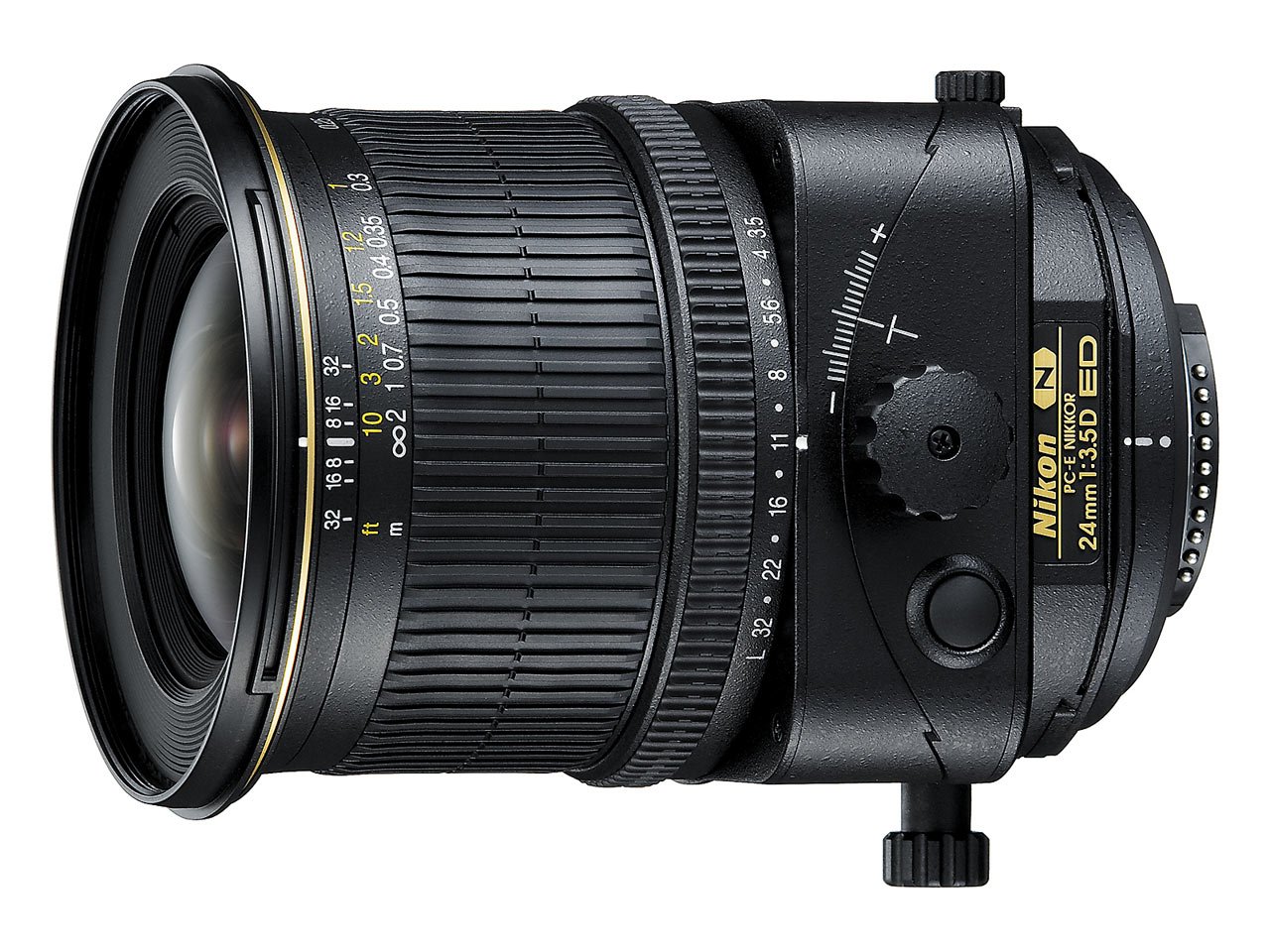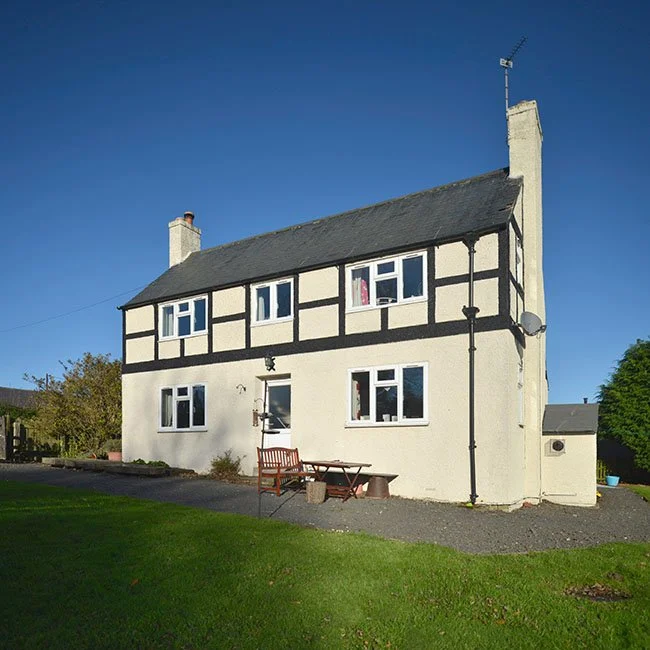Tilt-shift in action


This is the Nikon 24mm f3.5 ED PC-E lens. I’ve mentioned it many times throughout this blog, and it’s one of the items I simply couldn’t do without in my day to day operations. It costs about £1300 new (although it’s due to soar in price due to recent currency fluctuations – IT JUST DID), and it can be picked up on the second hand market for a little less. Mine is a bit battered and worn due to the amount of work it has undertaken. It is usually fitted with a polarising filter (that’s for another post). It’s a wide angle lens (not ultra-wide like my 14-24mm f2.8), and is coated in Extra Dispersion materials (ED) which reduce flare and internal reflections etc. The PC stands for “perspective control”, and the E denotes that it’s aperture is controlled electronically by the camera via the metal contacts around the bayonet fitting – where the lens connects to camera.
So what makes this weird looking thing so invaluable when photographing interiors, architecture (or products actually)? The lens allows the user to exercise control over certain aspects of the picture taking process that can’t be done with normal lenses. It does this using two principles: A larger projected image circle, and geared movements. The image created by a lens is circular, and it is projected onto a rectangular sensor – as in the left hand side of the illustration below. The right hand side shows how a PC lens works – by creating a bigger image circle. The geared movements allow the lens to move – placing the sensor in different parts of the circle. The main advantage is that instead of having to angle the camera upwards (causing the building or room to lean backwards), I can keep my vertical lines perfectly straight, and move the camera view up and down to include whatever I need to.
The other thing that can be done is the “stitching” of separate images to form a much bigger image. This comes into it’s own when shooting panoramic style shots, or when a bigger file size is needed for a client. Because the camera isn’t moved between shots – just the view from “shifting” the lens up/down/left/right – it means seamless blending is easy. An example is shown below.
The 3 separate images taken by shifting the lens, allows for perfectly stitched panoramas.
It’s other use, is the tilting movement – allowing the lens to change the plane of focus. Something called The Scheimpflug principle (explained in a Wikipedia entry) allows the lens to keep lots of things in focus, from foreground to background, without worrying about depth of field. It’s useful when shooting products, & landscapes where you can’t stop the lens down to f22. Those big view cameras with bellows are the ultimate instruments when shooting in a studio, and it takes years of experience, plus hands-on practice to get a grip on the effects of shift, tilt, rise and fall. I’ve done a bit of work with them, and attended product-shot workshops run by the BIPP, and it is mind-bending stuff.
Nikon have thrown me into a huge tizzy by creating a brand new, technically perfect 19mm PC-E lens in the last month. This thing competes directly with the Canon 17mm lens, which is the only thing that I have ever considered worthy of warranting a change to Canon equipment for. Here it is attached to a Nikon D800. This lens would revolutionise my workflow, and speed things up massively, but it comes with a post-Brexit price tag of something approaching three grand. That’s three grand for a single lens. My 24mm version can be had for about £1300, so this is a ridiculously priced item, pitched definitely at top-end architectural shooters who command fees of thousands of pounds daily. For the real-estate guys, it’s a solid investment over a number of years, and for the non-pro, it’s a lens that they wouldn’t ever use, apart from if they wanted to do that blurry tilt/shift effect that Instagram does with it’s filter software for free.
So that’s tilt and shift for you in layman’s terms. I’m off for a lie down. Any donations towards the purchase of the above lens can be made by cash, internet bank transfer or Paypal.



